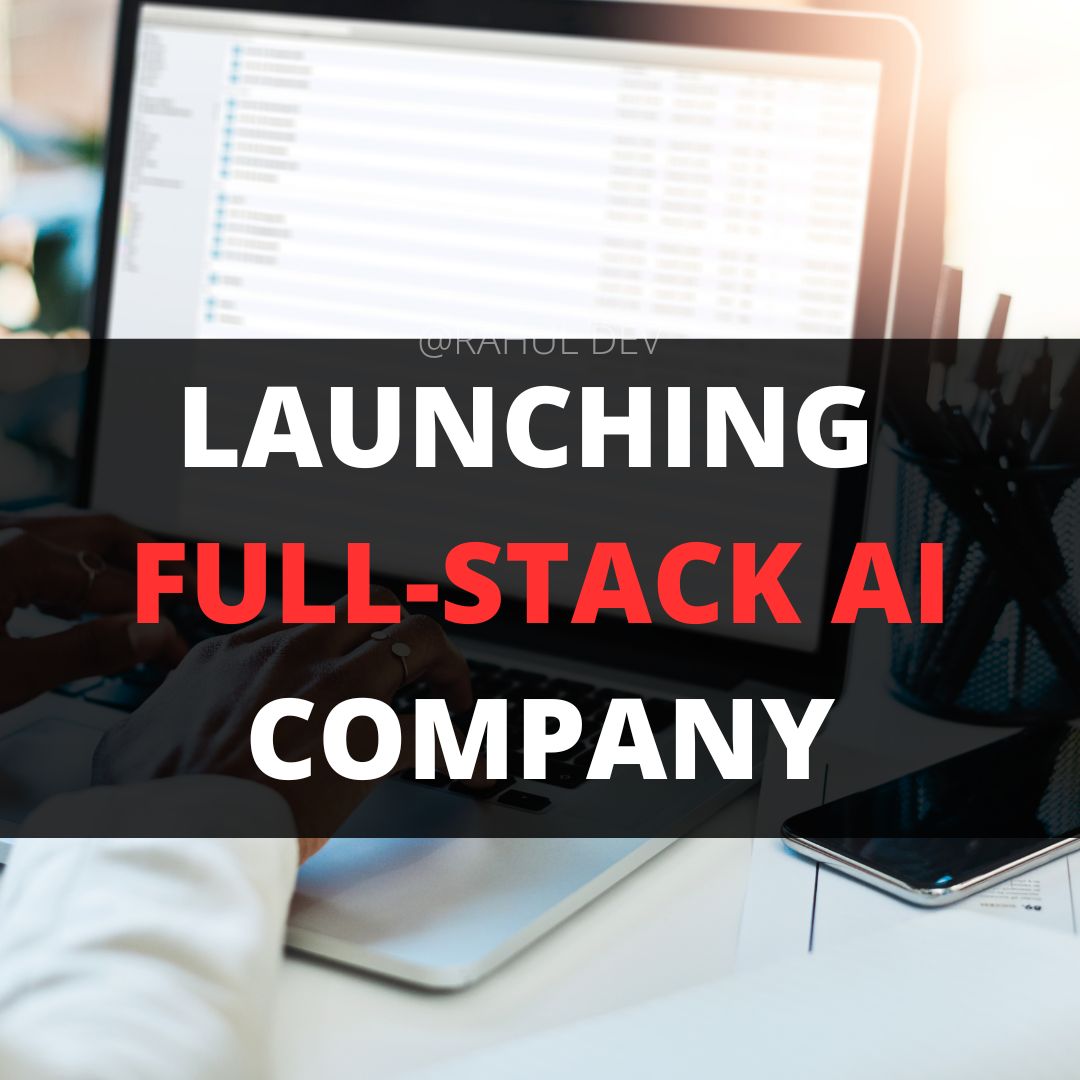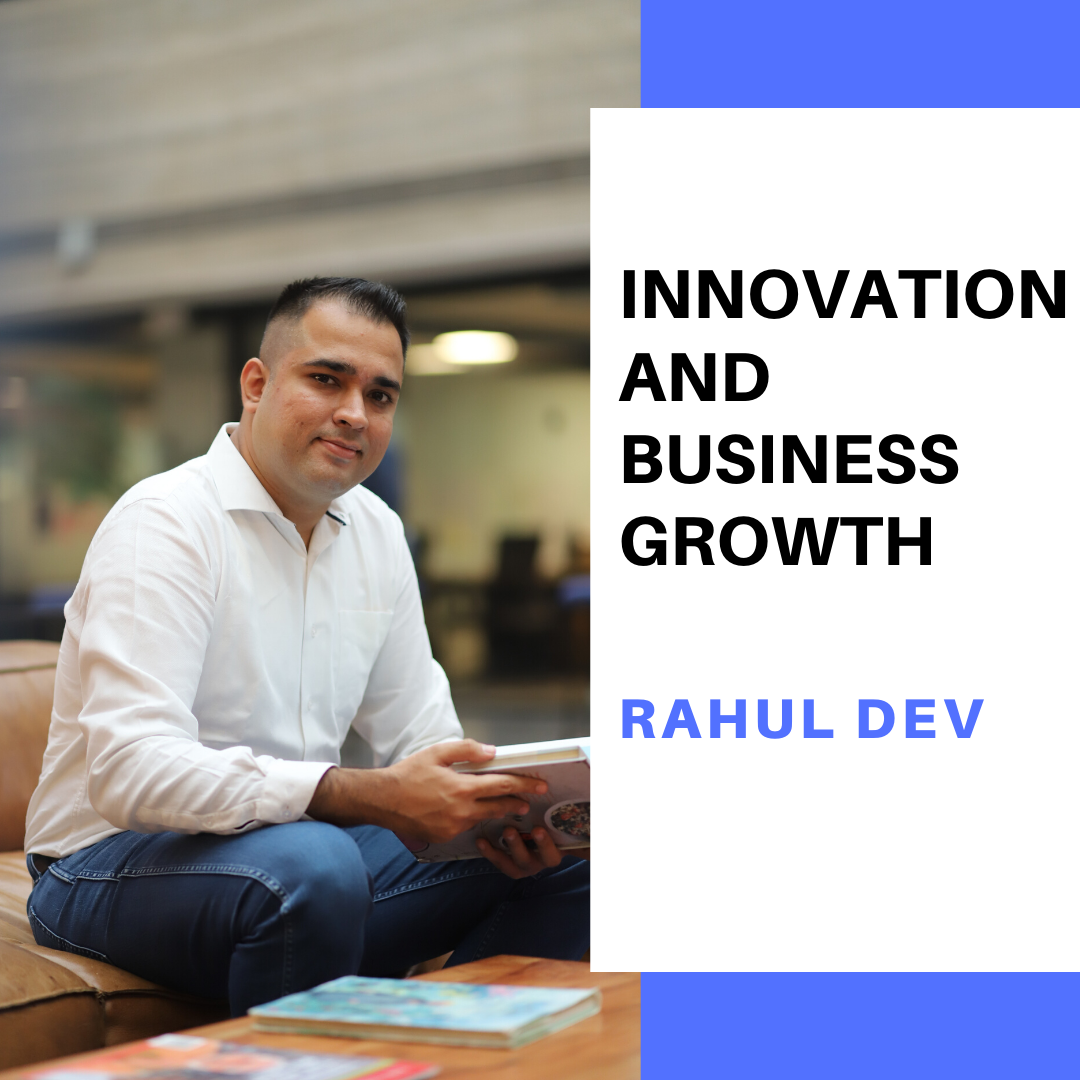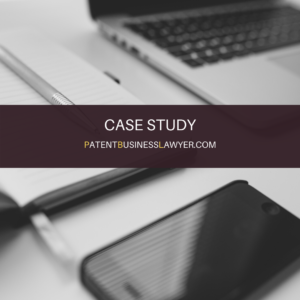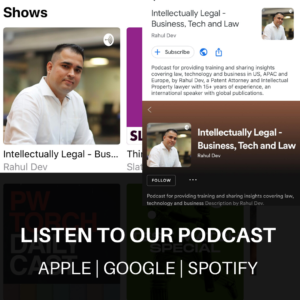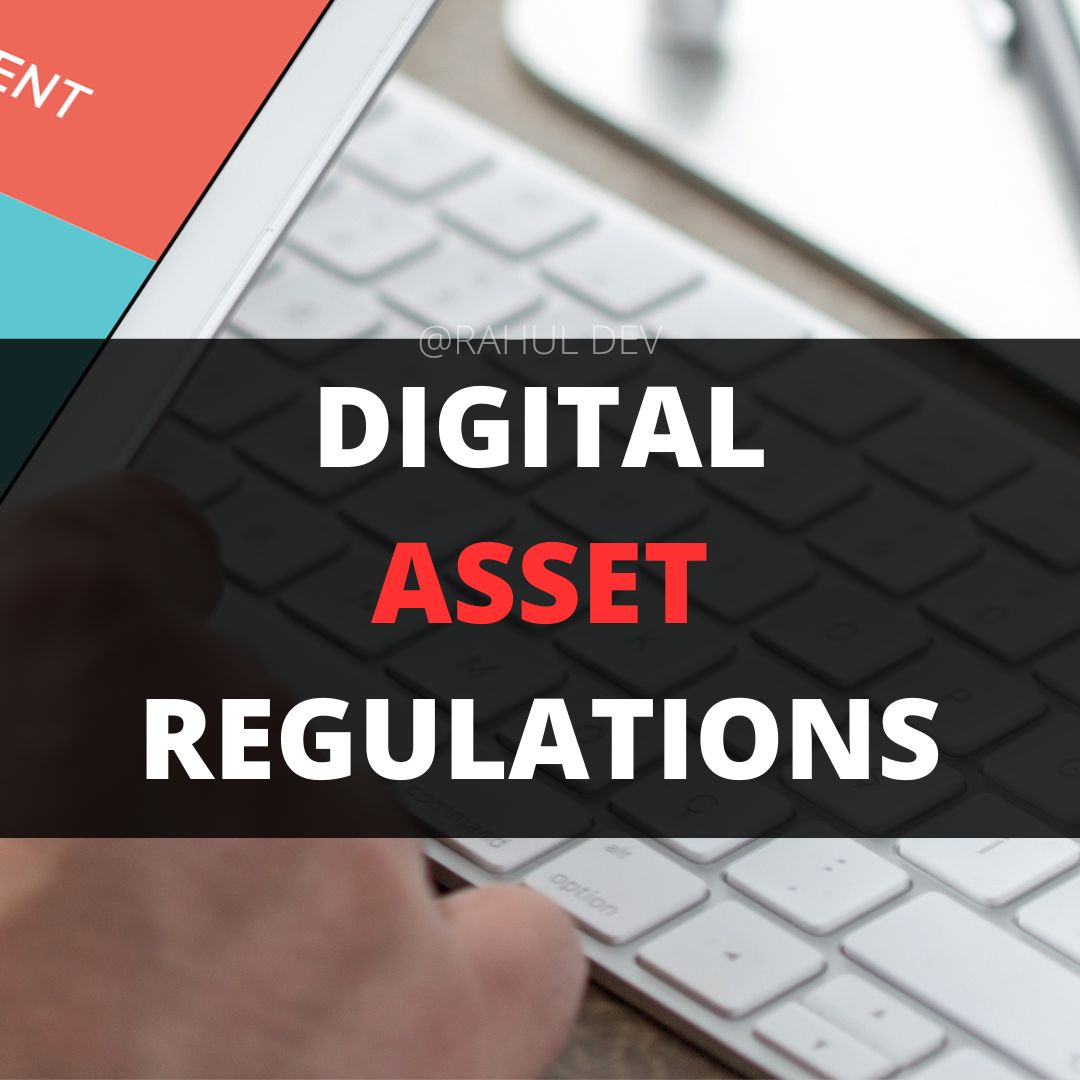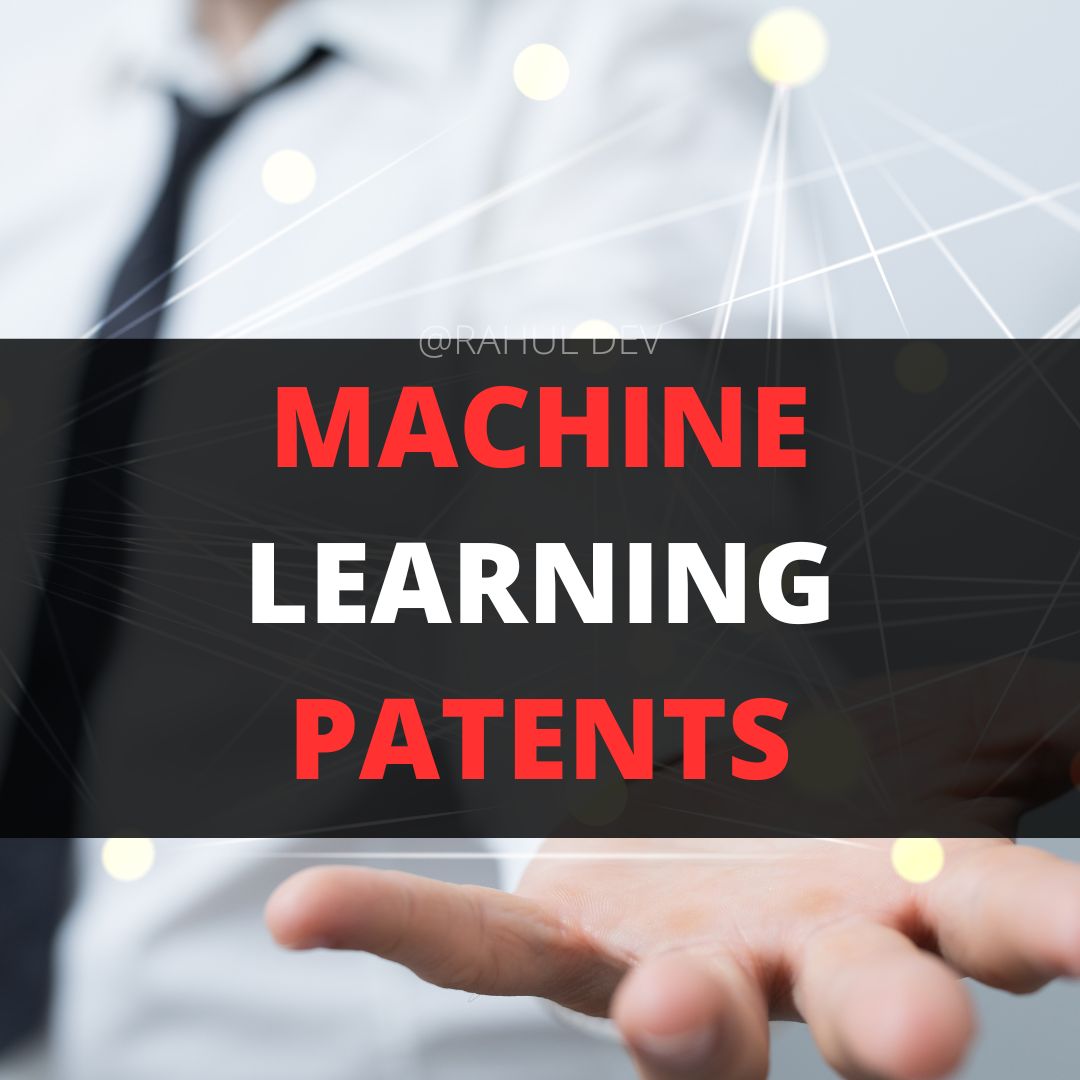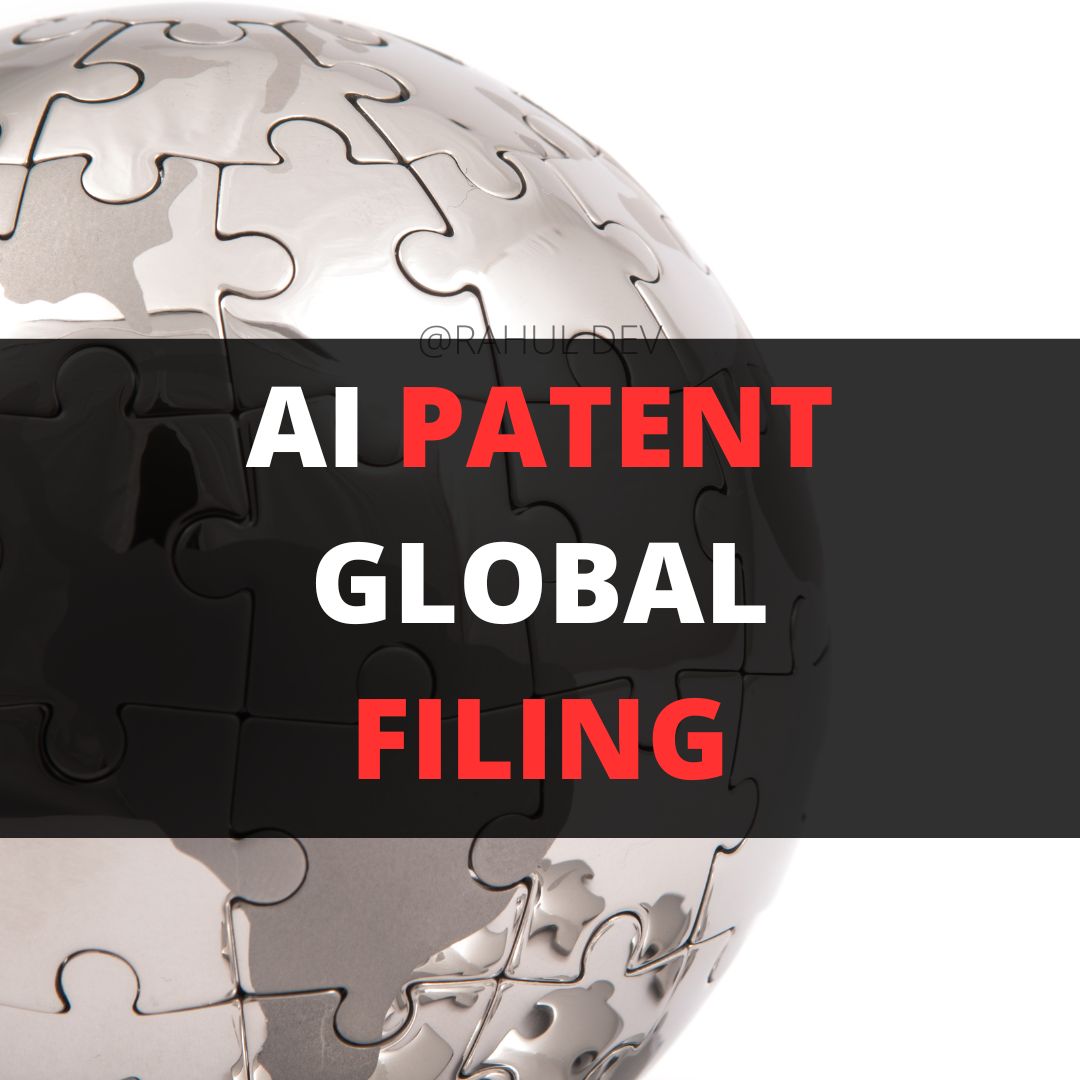If a Company owns a key patent on relevant technology, it is basically where R&D investment being made each year. The outcome of that is the company has exclusive control over an invention that one could commercialize. Thereby, a patent entitles its owner the right to exclude others from making, using or selling an invention for a limited period. Ideally, with a relevant technology, one can create a commercially successful product. Therefore, patent-protected products can be sold exclusively for up to 20 years. This, in turn, will lead to the concerned company being successful and showing a strong increase in stock price funded by maximized revenues. Consequently, the ability to sell relevant products exclusively maximizes revenues and can impact stock performance.
However, it is challenging to identify key patents and the companies currently owning them. One of the main reasons is that patents are filed in a sheer amount. In 2016, more than 3 million patent applications were filed. It became time-consuming to monitor as well as comprehend the applications being filed in large numbers. As per research, 70-80% of all patents have low or even no commercial value. Therefore, a new approach was required to efficiently identify the key patents in the data haystack. Also, another challenge is faced within the data from the patent offices worldwide, which includes, incomplete ownership information, ambiguous legal status information, errors such as wrong translations and misspellings, and the like.
Accordingly, patent owners follow various steps to undertake a Patent file to execute the possible patent analytics. For best practices, one must collect Worldwide Patent data/information, and the most important step is building patent families, where one patent family describes one invention. After this, two fundamental things must be kept in mind. The legal status of all documents in the family and then a conclusion must be made if the patent family is alive or not. Hence, one must check the validity and the remaining lifetime.
Other steps to analyse patents include determining the technology relevance. In a nutshell, technology relevance looks at forward citations but also takes care of three major fallacies that are associated with forward citations: a) Time- Issue b) Different Technology Fields c) Patent Office Citations
Conclusion
Therefore, to extract maximum benefits from patent data, patent analytics is a good strategy. Further to the case studies discussed herein, potential patent applicants can add greater value to their intangible assets by filing strategic patent applications.
